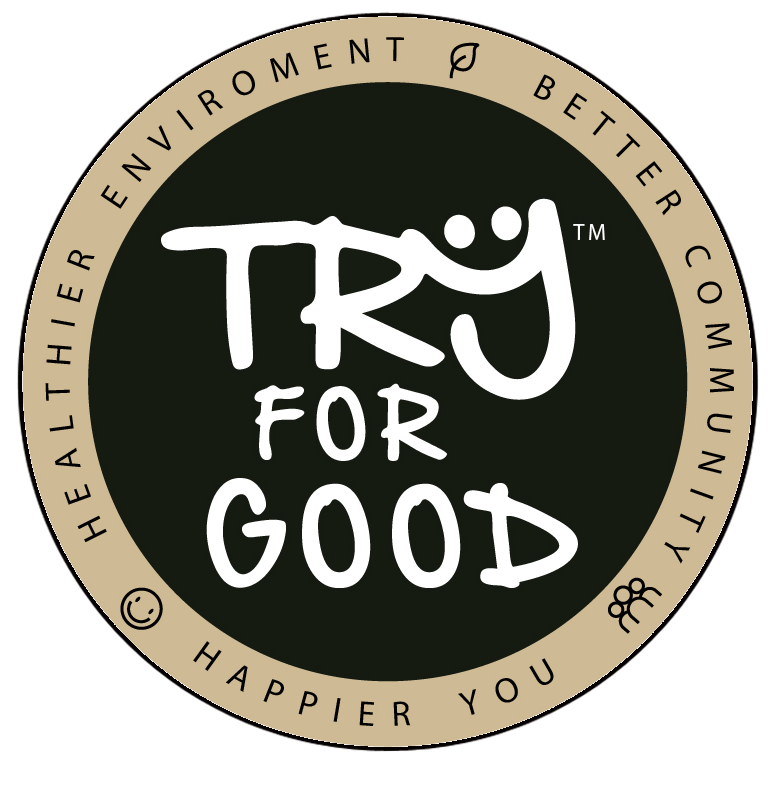From a general reader’s perspective given below is the general description of the principal food crops, fruits and vegetables, and their common insect pests. Further, is the detail of commonly used pesticides, herbicides etc. The pesticides are important for crop protection and followed with proper knowledge, by the time the food is ready for consumption, these breakdown into harmless metabolites.
Compared to other crops exposure to residues of pesticides can be higher on fruits and vegetables.
The crops can be classified mainly based on their growing seasons.
- RABI crops are winter crops. They are sown in Oct-Nov to be harvested in April-May. Major Rabi crops include Wheat, Barley, Gram, Mustard, Toria and Taramira, Sugar beet, Masur. Some spices- coriander (Dhania), Fenugreek (Methi), Fennel (Saunf), and Cumin (Jeera)
Vegetables include Cabbage, Cauliflower, Brinjal, Chilly, Onion, Garlic, Ladyfinger, Carrot etc. But now these vegetables have broken the binding of season, as they are grown and harvested throughout the year. - KHARIF are the rainy season crops. They are harvested in Nov-Dec. Major Kharif crops include Jawar, Bajra, Paddy(rice), Maize, Sugarcane, Moong, Moth, Arhar, Urad, Soyabean, Groundnut, Sunflower and Sesame.
Vegetables and include Cucurbita, Kheera, kakdi, Tinda, Karela, Lauki and some also melons Watermelon, Muskmelon - ZAID is the season for summer vegetables and fruits to be grown through April to June. Fruits include Citrus (kinnow, Malta, Mausami, Orange, lemon, Guava, Ber, Bael, Peach, Plum, Mango
The common INSECTS which attack these crops are TERMITES. These attack in the roots and stem. The other are sucking PESTS such as Aphid, Jassid, white flies and bugs which suck the sap from the leaves and twigs.
MILES attack on the leaves and fruits and cause the damage by sucking plant sap. Lepidopterous larvae feed on leaves, and BORERS bore into the roots, stem and fruits and vegetable and cause serious damage.
In fruits and vegetables FRUIT FLIES cause significant damage. They lay eggs in the fruits and developing larvae damages the fruits. In vegetables small BEETLES known as Red pumpkin beetle and Epilachna beetle eat the leaves.
An insect known as SanJose Scale (Quadraspidiotus pernisiosus) is a serious menace to Apple, Pear, Almond, Apricot, peach, plum, Cherry, Strawberry and Walnut and other fruit trees in Kashmir, Himachal Pradesh, Uttarpradesh and Punjab. Hairy Caterpillars damage the leaves, other caterpillars feed by boring stems and branches and make tunnels in the stem which dries up.
Besides, there are many diseases caused by fungus, bacteria and virus for which regular protection is done.
There are a large number of insecticides, fungicides and herbicides for the control of insects, pest, disease and weed.
Commonly used insecticides are Acephate, Acetamiprid, Dimethoate, Ehion, Carbaryl, Deltametharin, Fenvalerate, Chlorphyrifos, Malathion, Monocroptophos, Corogen, Phorate, Carbofuran, Imidacloprid, Indoxacarb, Triazophos, Profenofos, Biopesticide, Emamectin, Benzoate and Azadirachtin(neem product) for the control of sucking pests, lead feeders, borers and soil insects.
Commonly used fungicides are Copper-oxy-chloride, Carbendazin(Bavistin), DithaneM-45, Thiram, Manezab, Carboxin, Propiconazole, Tabuconazole, S-Freptocyeline(Bactericide), Sulphur, Agrimycin, Posamycin, Hexaconazde, Kerathane and Plantomycin etc.
For the control of various weeds, the weedicides used are 2, 4-D, Pendimetholin (Stomp – 30), Trifluralin, Imejathipar, Butachlor 50 (Machete), Atrazine, Isoproturan, Sulphosupuran 75% for annual grasses and broad leaf weeds. They are applied in soil before or after sowing or on plants.
The residue problem of pesticides is very critical and it is more dangerous for open fruits and vegetables which are consumed raw directly. Eg. Apples, Pears, Cherries, Berries, Peaches, Plums and Guava etc. Also among vegetables such as Tomatoes, Carrots, Radish, Spinach etc. the incidence of exposure is higher. Generally the residues of insecticides which are of systemic nature i.e. the insecticides which penetrates the leaf surface and enters the cell sap or we can say that it is absorbed by the leaf and gets distributed in the whole plant, where it remains for long time about 20-25 days until it is broken into non-toxic metabolites and remain in very small quantity, which may be harmless to human beings. These residues cannot be removed by washing. Whereas other types of pesticides which are of contact type, they remain on outer surface and after thorough washing with water, acetic acid (vinegar) or baking soda solution may be removed.
But the main problem arises when the crops are sprayed and the very next day it is marketed and within a day a day or two to be consumed.
In the fruits and vegetables which have a cover as in citrus fruits like orange, mausmi, kinnow, banana, chickoo, pomegranate, the problem is significantly less. The problem of residue is more when the plants are sprayed at the times of maturing of fruits and before harvesting. Sometimes, the harvested fruits and vegetables are treated with insecticides and fungicides to keep them free from insects and fungus attack in storage and during shipment.
HOW TO ENSURE FOOD SAFETY
Can we stop the use of pesticides completely? May be it is not a viable option, because it can lead to great losses caused by pests, diseases and weeds ranging from 10-30% or more of the total production. The same problem arises for food storage also. So to address these issues let us look at the possibilities
Using Chemical Pesticides:
- The use may be restricted, judicious and safer and less toxic products to be used.
- Avoid the use at the time of maturity of fruits when these are to be harvested.
- Use of recommend pesticides and proper dose.
Use of TRAP:
- Use of pheromone traps, light and sticky traps, parasitods and predators and natural enemies of various insects for Crops like marigold, sunflower, for specific insects.
Biotechnology
- Hybrid varieties with desired traits and resistance to climatic and insects pests are constantly being tried by humans
- Genetic modification, though a less acceptable technology is safer
Organic cultivation using organic manures
- Organic cultivation is on the rise. But we must acknowledge the crops quantitative as well as qualitative losses with the harvest having some spots, blotches and a little colour variation due to pest, disease or weed attack.
- Use natural or herbal pesticides such as:
- NEEM leaves, Calotropis leaves, Karanj leaves.
- Cow urine, butter, milk, cow dung etc.

